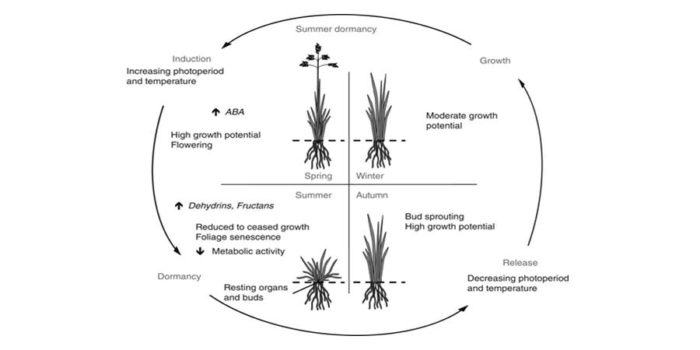
Review: Winter and summer dormancy: similar adaptive strategies?
Plant Science Research Weekly, Research0 Comments
/
Dormancy (growth arrest) is a state by which seeds and plants can survive harsh conditions. Seasonal dormancy is a strategy to survive seasonally unfavorable conditions. Plants can display winter and summer dormancy. Although woody species are the main study systems for winter dormancy, herbaceous species…
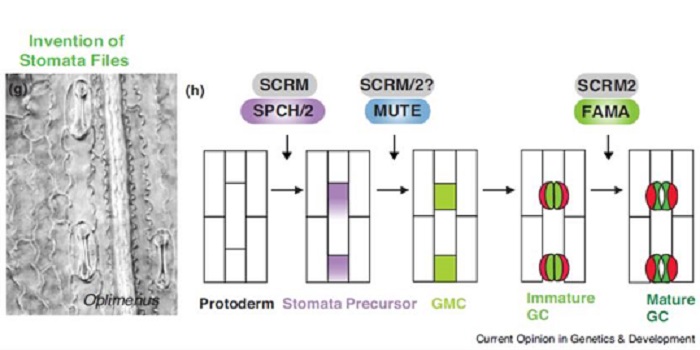
Review: Stomatal development in time: the past and the future ($)
Plant Science Research Weekly, ResearchStomata, epidermal pores for gas exchange, first appeared about 400 million years ago. Since then, there has been functional and structural diversification. Qu et al. synthesize the developmental genetics underpinning diverse stomata, spanning from bryophytes through monocots and the astomatous (without…
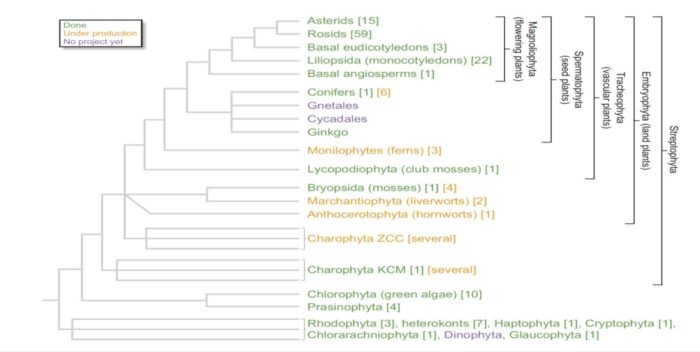
Insight: Why we need more non-seed plant models
Plant Science Research Weekly, ResearchThere is much to be learned from comparing plant genomes, but as Rensing writes, currently available genomic data are skewed heavily towards angiosperms. He argues that a richer understanding of plant evolution depends upon gaining insights into the non-seed plants, including ferns, mosses and liverworts,…

Chris Martine: Inspiring Exploration in Botany
Education, Education General, Profiles of Plant ScientistsChris Martine is a Professor of Biology at Bucknell University. He is also an excellent communicator of plant science, through his YouTube series "Plants are Cool Too". In 2016 he was awarded the New England Biolabs Passion in Science Award. You can see him talk about his science communication efforts…
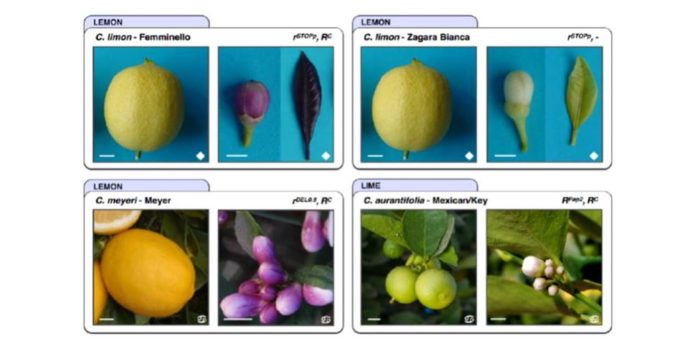
Changes in anthocyanin production during domestication of Citrus
Plant Science Research Weekly, ResearchFamiliar citrus fruits such as sweet orange, lemon, lime and grapefruit are hybrids of three species: Citrus reticulate (mandarin), C. medica (citron), and C. maxima (pummelo). Cultivated varieties are generally vegetatively propagated, with diversity arising from spontaneous or induced somatic mutations.…
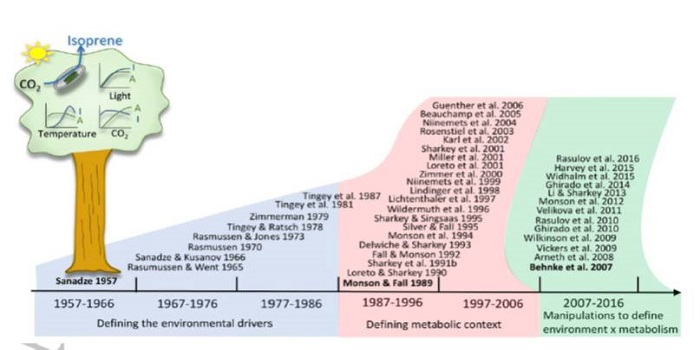
Review: Isoprene research – 60 years later, the biology is still enigmatic ($)
Plant Science Research Weekly, ResearchSixty years ago, the first report of isoprene (C5H8; 2-methyl-1,3-butadiene) emissions from plants was published. Isoprenes are the largest source of non-methane hydrocarbons in Earth’s atmosphere; furthermore, isoprene is reactive in atmospheric chemistry and can be converted into a variety of harmful…
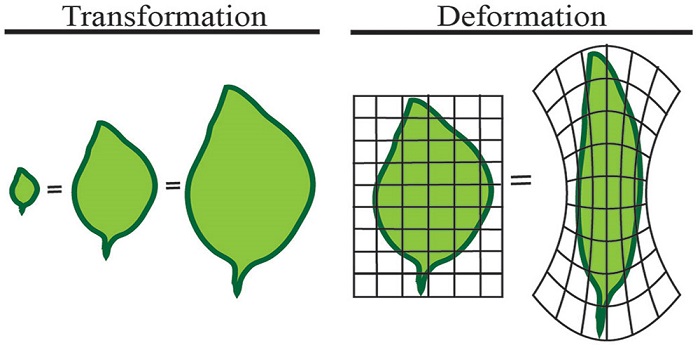
Review: Reshaping plant biology: Qualitative and quantitative descriptors for plant morphology
Plant Science Research Weekly, ResearchAs automated phenotyping platforms are becoming prevalent, scientists increasingly need to be familiar with tools used to describe and model form and growth. Balduzzi et al. provide an overview of the key concepts used in quantifying and describing plant morphology. They point to the need for a common…
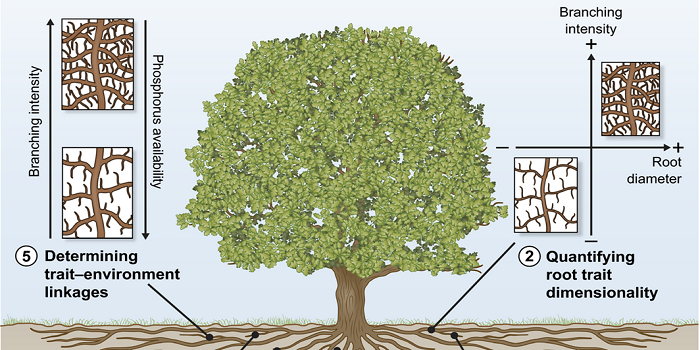
New Phytologist Tansley Medal finalists essays
Plant Science Research Weekly, ResearchThe New Phytologist Tansley Medal is awarded to an early career scientist for excellence in plant science. The essays submitted by each of the five finalists are published in the March 2017 of New Phytologist, and make good reading. We agree with the sentiments of the editors, “warmest congratulations…

Wisconsin Fast Plants
Activities, Education, MHS Activities, Middle & High School, Organizations, Organizations, UndergraduateInstructions for activities using brassica, suitable for students of all ages.
Through activities spanning the life cycle of Wisconsin Fast Plants®, you and your students can explore many aspects of plant growth and development and reproduction. In its 35 – 45 day life cycle, the Wisconsin Fast…

